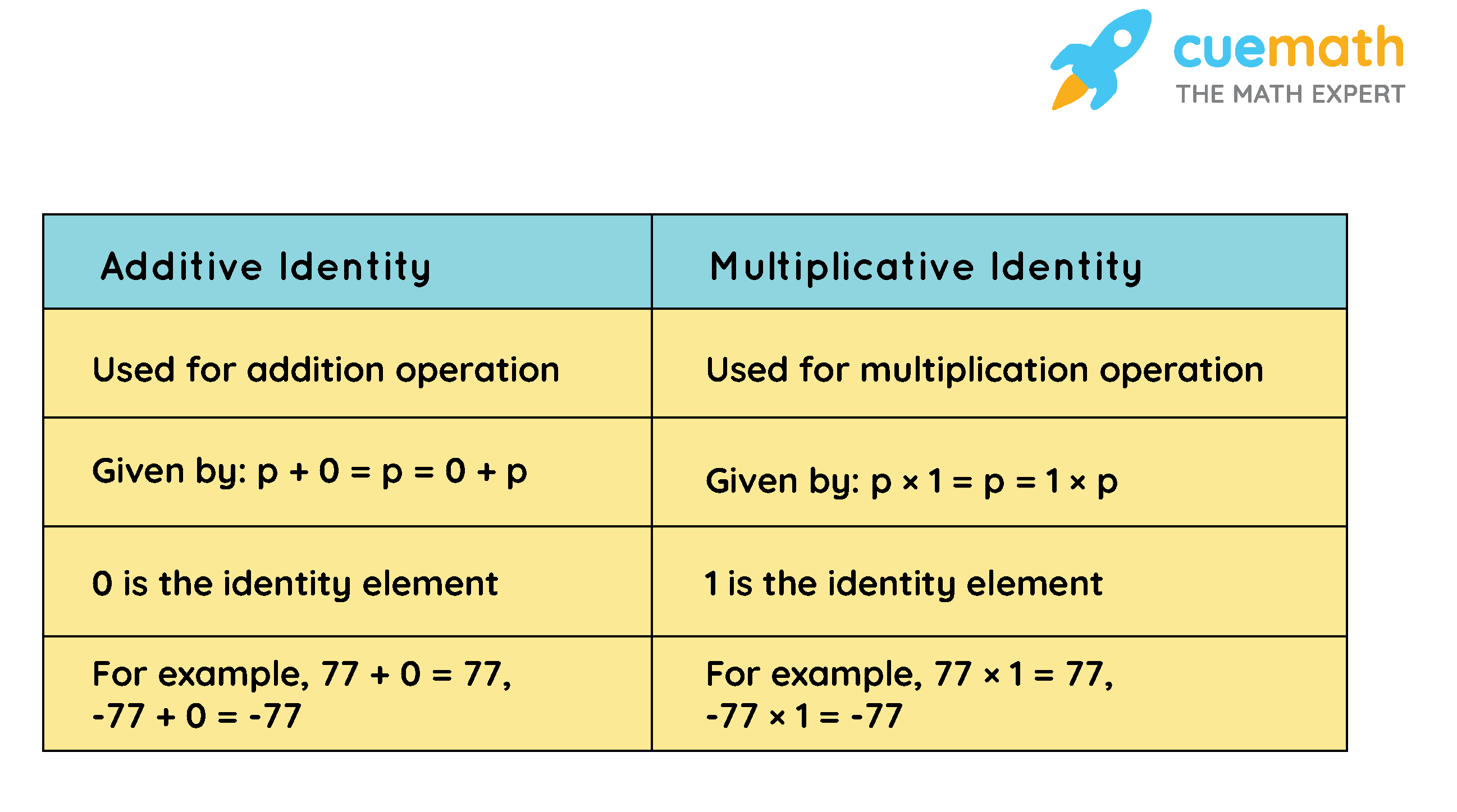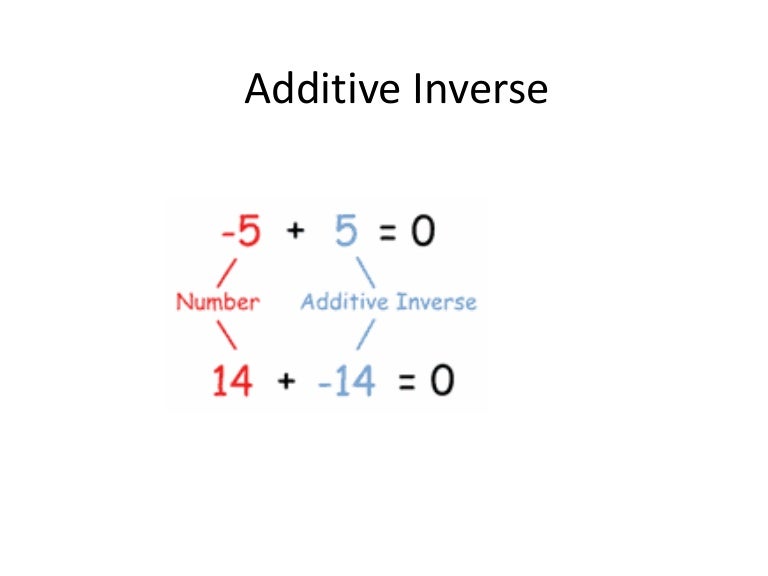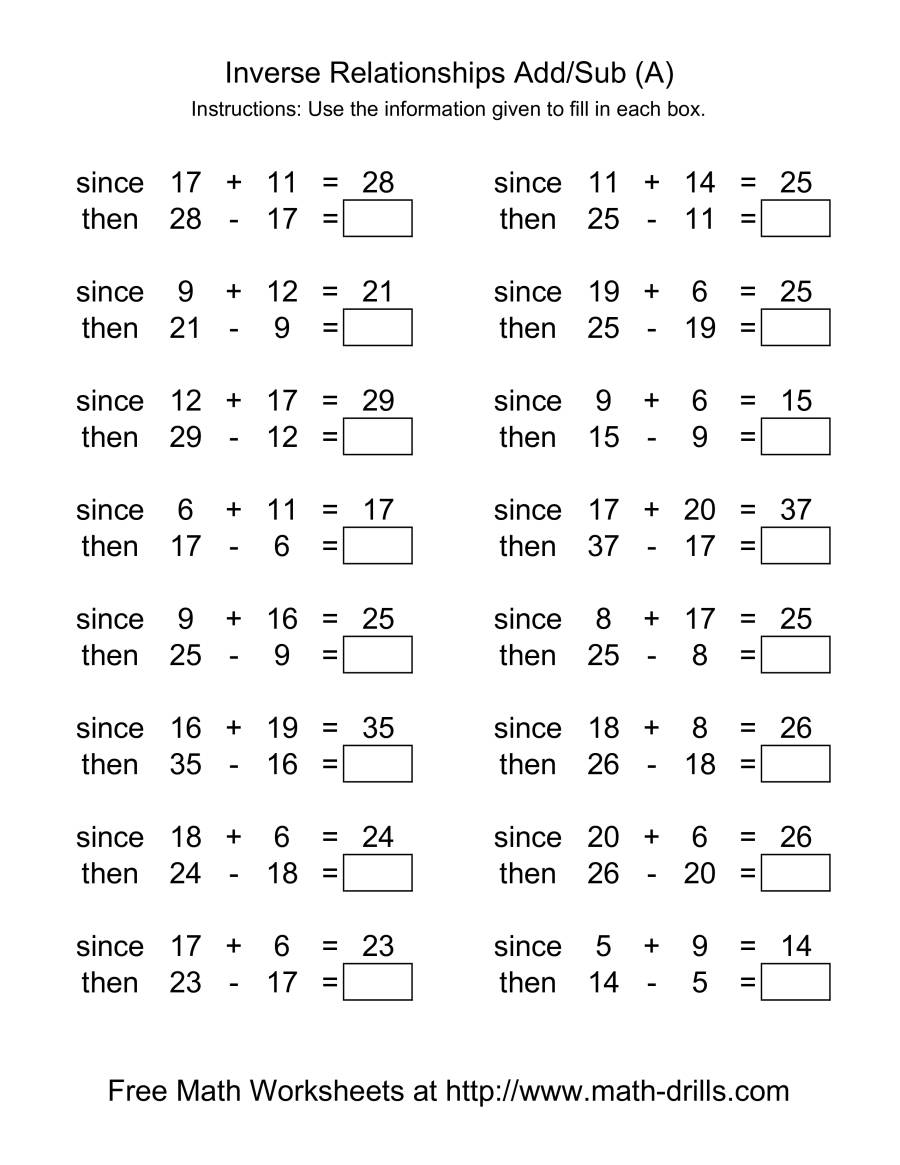What Is The Additive Inverse Of 2 3
What Is The Additive Inverse Of 2 3 - The value of an additive inverse of a number is defined as the value that when added to the original number, the result should be zero. In mathematics, an additive inverse is a number that when added to another number will produce. What is the additive inverse of 2/3? In mathematics, the additive inverse of a number ‘a’ is the number that, when added to ‘a’, yields zero. The additive inverse or opposite of a number a is − a. The additive inverse of a rational number is the same original number with the opposite sign. So, the additive inverse of 2 3 is − 2 3. The additive inverse of a number is a number that makes the sum equal to zero.
The value of an additive inverse of a number is defined as the value that when added to the original number, the result should be zero. The additive inverse of a number is a number that makes the sum equal to zero. In mathematics, the additive inverse of a number ‘a’ is the number that, when added to ‘a’, yields zero. The additive inverse of a rational number is the same original number with the opposite sign. The additive inverse or opposite of a number a is − a. So, the additive inverse of 2 3 is − 2 3. In mathematics, an additive inverse is a number that when added to another number will produce. What is the additive inverse of 2/3?
In mathematics, the additive inverse of a number ‘a’ is the number that, when added to ‘a’, yields zero. The value of an additive inverse of a number is defined as the value that when added to the original number, the result should be zero. What is the additive inverse of 2/3? The additive inverse or opposite of a number a is − a. The additive inverse of a number is a number that makes the sum equal to zero. The additive inverse of a rational number is the same original number with the opposite sign. In mathematics, an additive inverse is a number that when added to another number will produce. So, the additive inverse of 2 3 is − 2 3.
Additive Inverse In Math
So, the additive inverse of 2 3 is − 2 3. In mathematics, the additive inverse of a number ‘a’ is the number that, when added to ‘a’, yields zero. The additive inverse or opposite of a number a is − a. The value of an additive inverse of a number is defined as the value that when added to.
Additive Inverse and Absolute Value
The value of an additive inverse of a number is defined as the value that when added to the original number, the result should be zero. What is the additive inverse of 2/3? So, the additive inverse of 2 3 is − 2 3. The additive inverse of a rational number is the same original number with the opposite sign..
Additive Inverse PBS LearningMedia
The additive inverse of a rational number is the same original number with the opposite sign. What is the additive inverse of 2/3? In mathematics, the additive inverse of a number ‘a’ is the number that, when added to ‘a’, yields zero. The value of an additive inverse of a number is defined as the value that when added to.
Additive Inverse Worksheets
The value of an additive inverse of a number is defined as the value that when added to the original number, the result should be zero. In mathematics, an additive inverse is a number that when added to another number will produce. So, the additive inverse of 2 3 is − 2 3. The additive inverse of a number is.
Additive Inverse Examples
The value of an additive inverse of a number is defined as the value that when added to the original number, the result should be zero. In mathematics, the additive inverse of a number ‘a’ is the number that, when added to ‘a’, yields zero. In mathematics, an additive inverse is a number that when added to another number will.
Additive Inverse
In mathematics, the additive inverse of a number ‘a’ is the number that, when added to ‘a’, yields zero. The additive inverse of a number is a number that makes the sum equal to zero. The additive inverse of a rational number is the same original number with the opposite sign. The value of an additive inverse of a number.
Additive Inverse Definition, Examples, Fractions, Whole Numbers
The additive inverse of a number is a number that makes the sum equal to zero. The additive inverse or opposite of a number a is − a. So, the additive inverse of 2 3 is − 2 3. The additive inverse of a rational number is the same original number with the opposite sign. The value of an additive.
Additive inverse
In mathematics, the additive inverse of a number ‘a’ is the number that, when added to ‘a’, yields zero. So, the additive inverse of 2 3 is − 2 3. In mathematics, an additive inverse is a number that when added to another number will produce. The additive inverse of a rational number is the same original number with the.
Additive Inverse Worksheets
The value of an additive inverse of a number is defined as the value that when added to the original number, the result should be zero. The additive inverse of a rational number is the same original number with the opposite sign. So, the additive inverse of 2 3 is − 2 3. What is the additive inverse of 2/3?.
Additive Inverse and Multiplicative Inverse Definition, Examples
The value of an additive inverse of a number is defined as the value that when added to the original number, the result should be zero. In mathematics, an additive inverse is a number that when added to another number will produce. In mathematics, the additive inverse of a number ‘a’ is the number that, when added to ‘a’, yields.
So, The Additive Inverse Of 2 3 Is − 2 3.
The additive inverse of a number is a number that makes the sum equal to zero. The value of an additive inverse of a number is defined as the value that when added to the original number, the result should be zero. In mathematics, an additive inverse is a number that when added to another number will produce. What is the additive inverse of 2/3?
In Mathematics, The Additive Inverse Of A Number ‘A’ Is The Number That, When Added To ‘A’, Yields Zero.
The additive inverse of a rational number is the same original number with the opposite sign. The additive inverse or opposite of a number a is − a.









